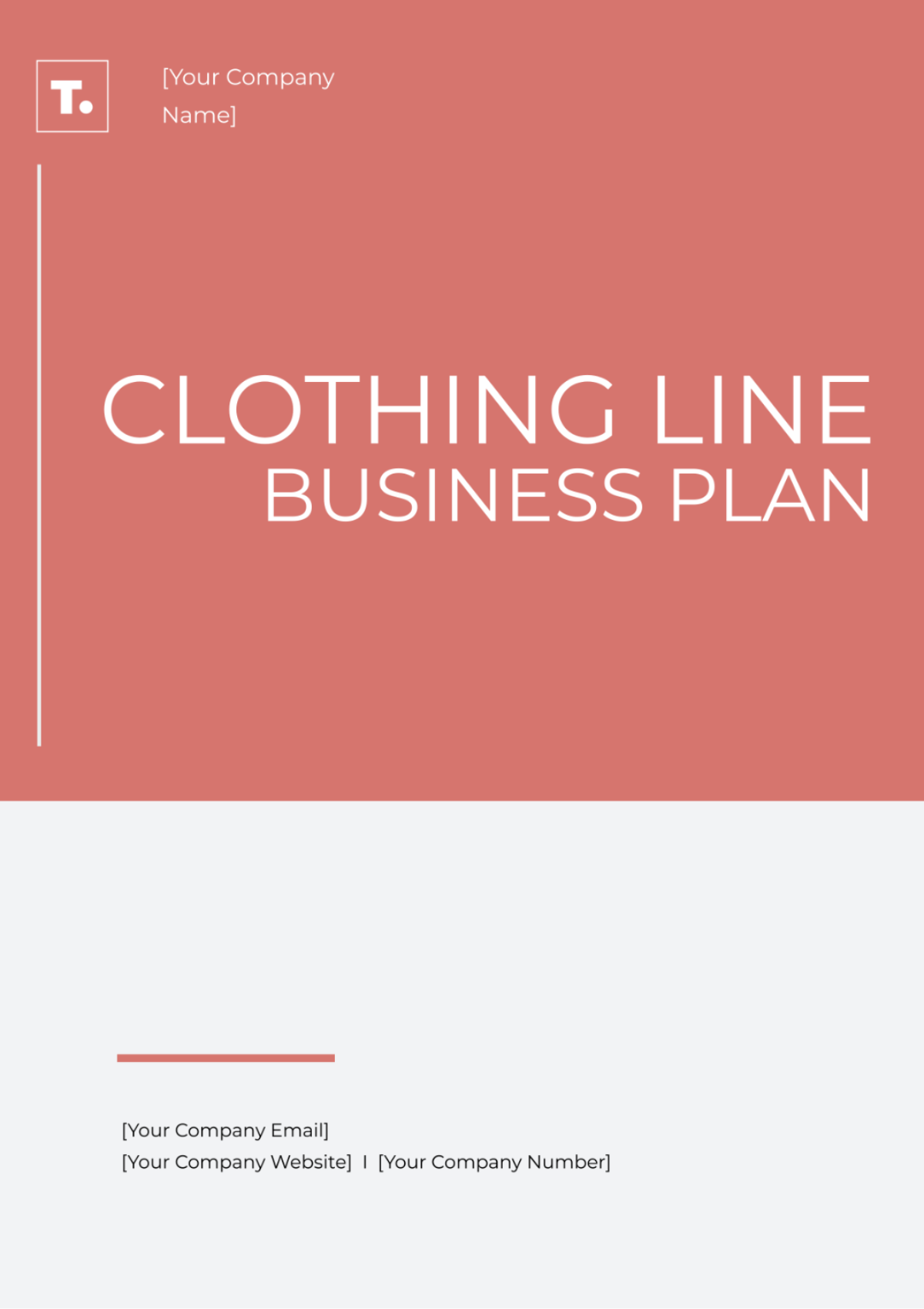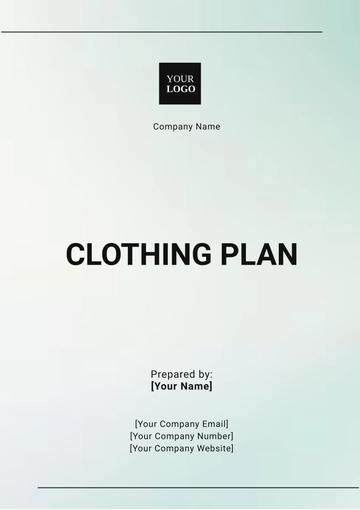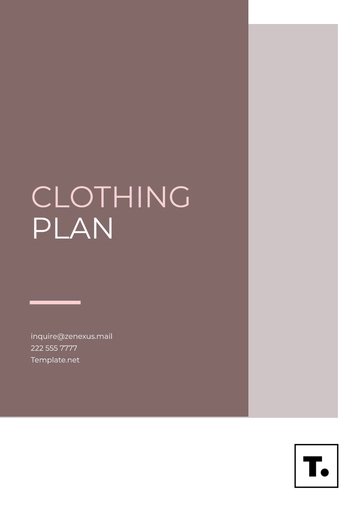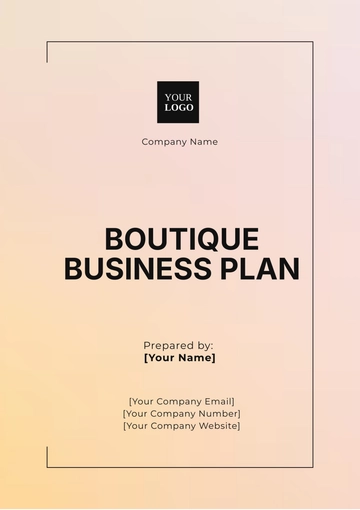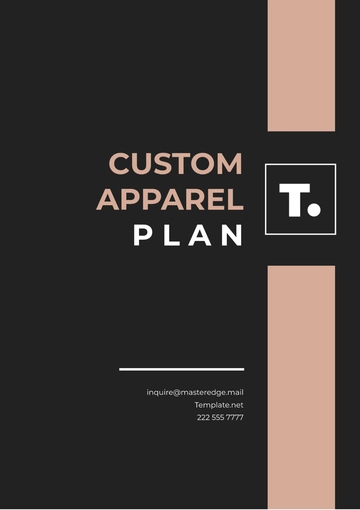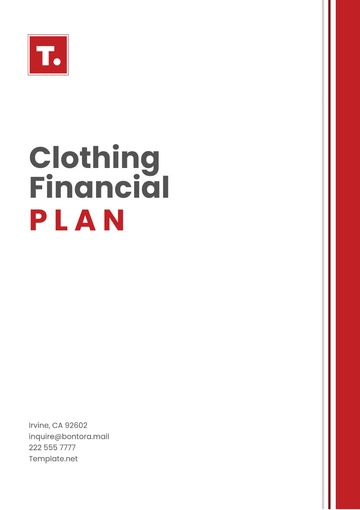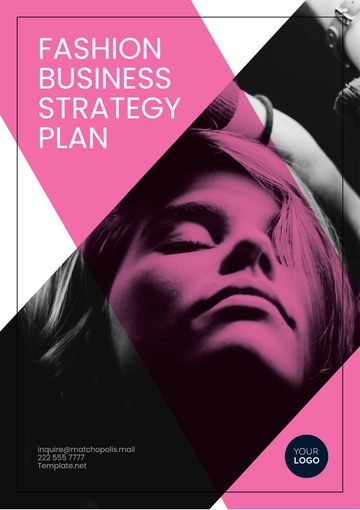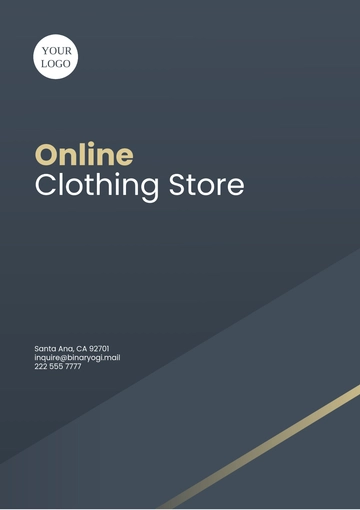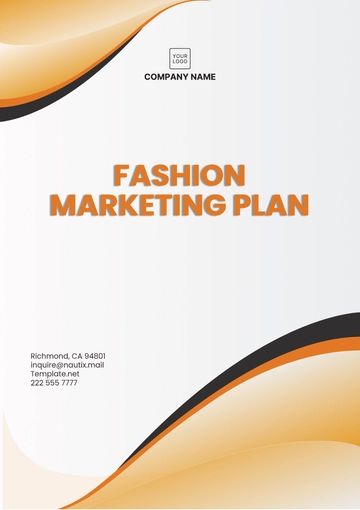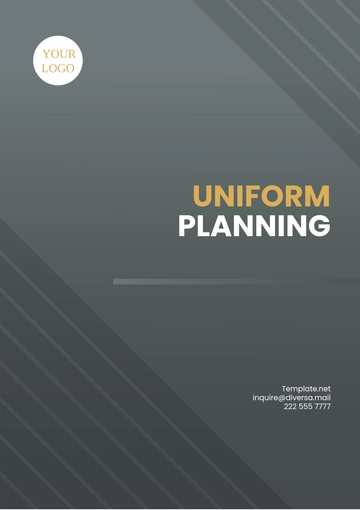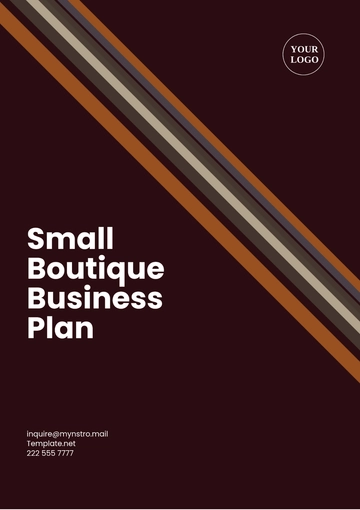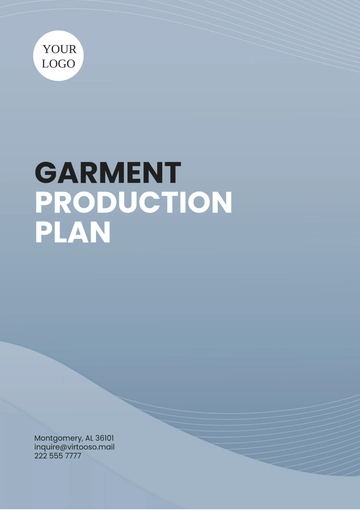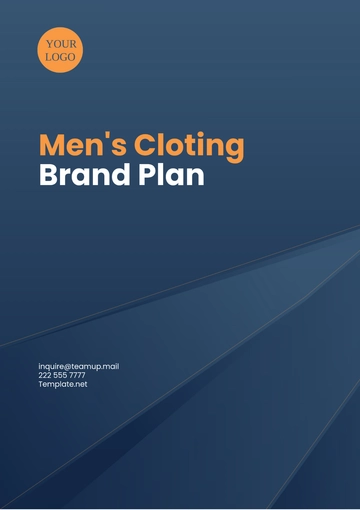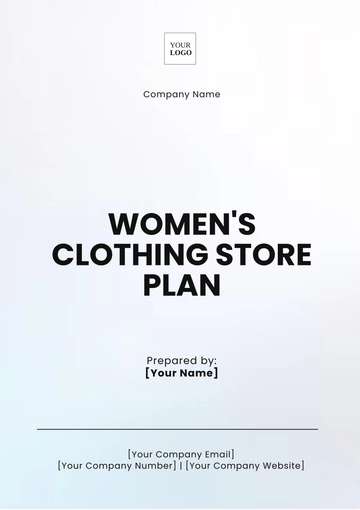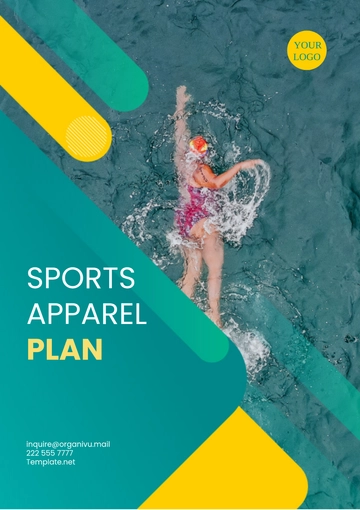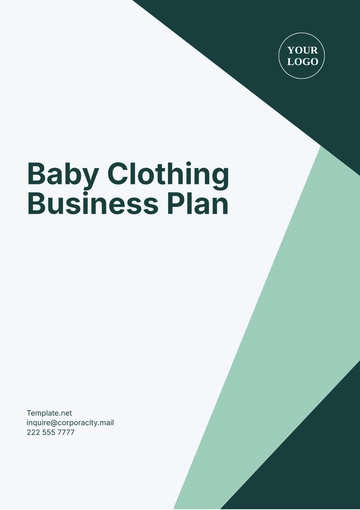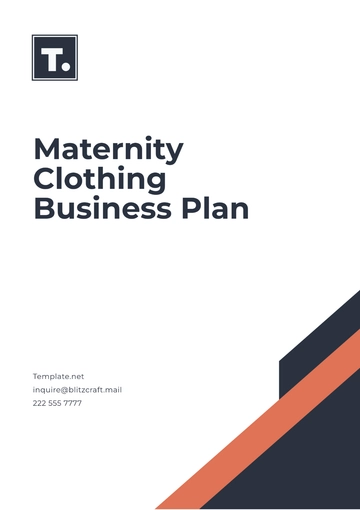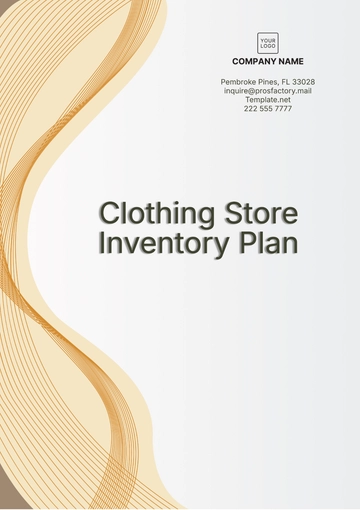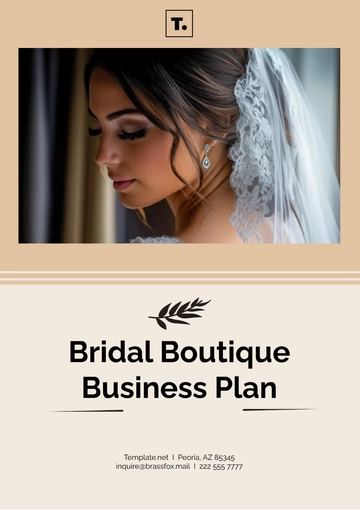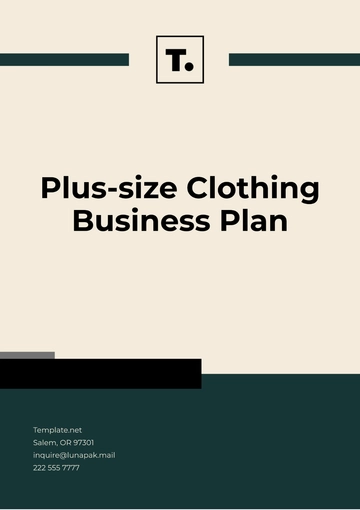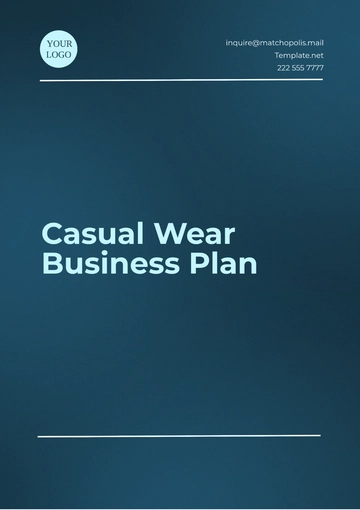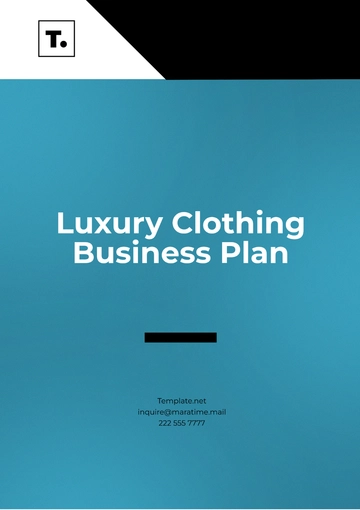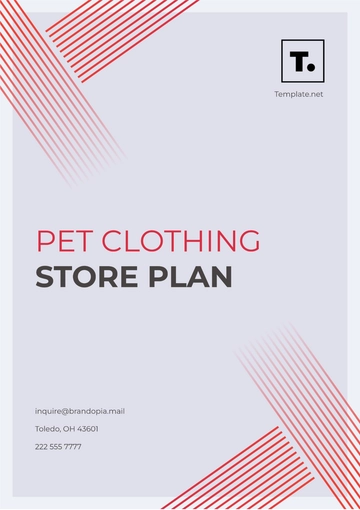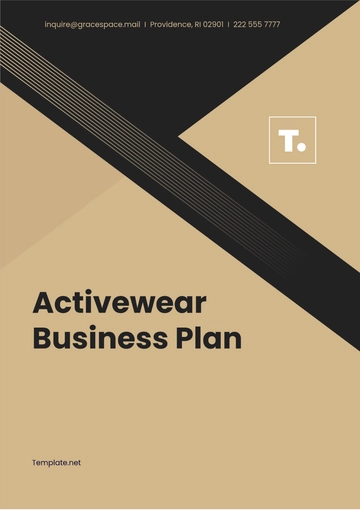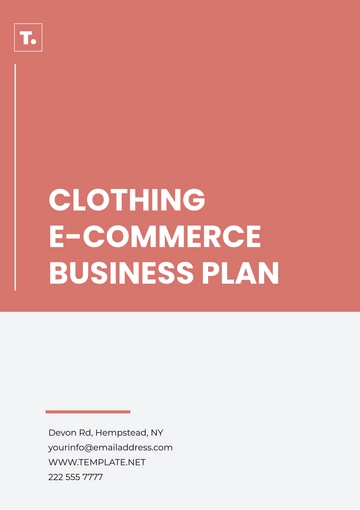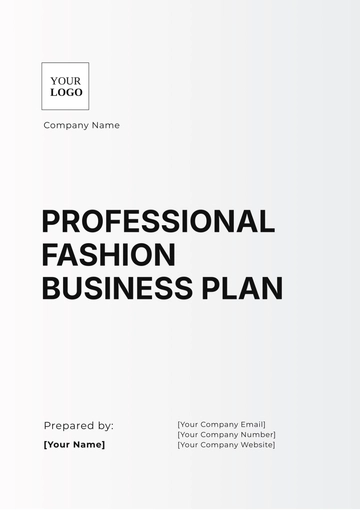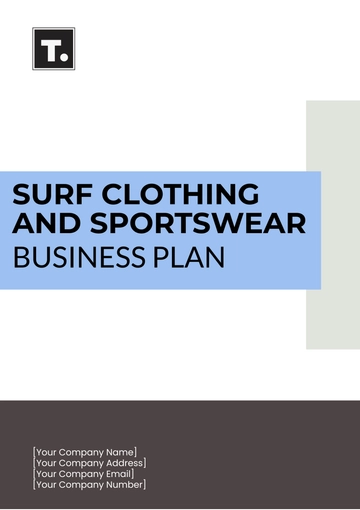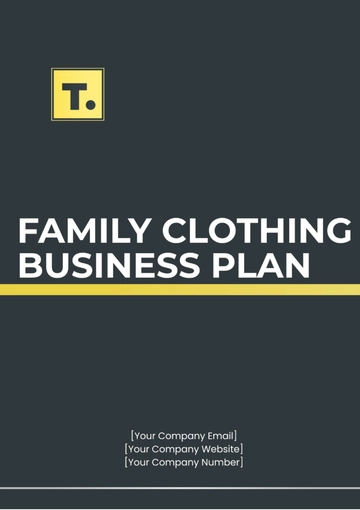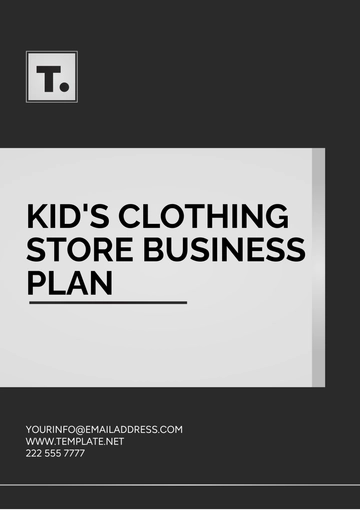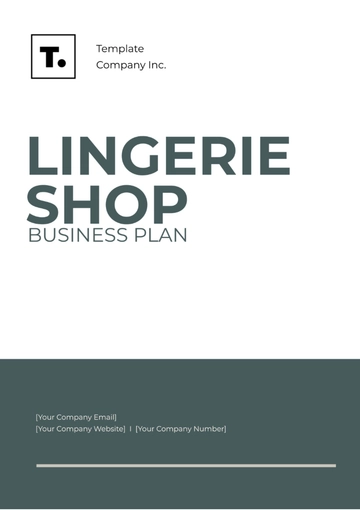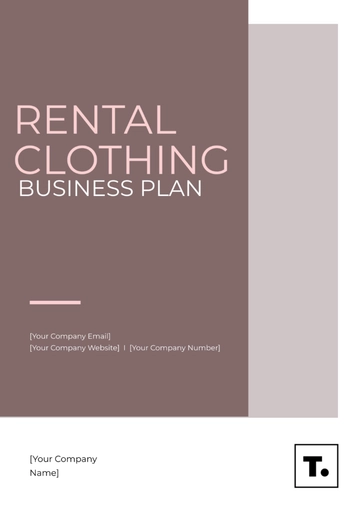Clothing Line Business Plan
I. Executive Summary
The [Your Company Name] Clothing Line is poised to become a leading provider of fashionable and sustainable clothing for men and women. Founded by [Your Name], a fashion enthusiast with over 10 years of experience in the industry, our brand aims to fill the gap in the market for eco-friendly and stylish apparel.
Mission Statement
Our mission is to offer high-quality clothing that combines trendiness with sustainability, while also fostering a community of conscious consumers.
Vision Statement
To be recognized as a global leader in eco-conscious fashion, inspiring others to prioritize sustainability in their purchasing decisions.
Objectives
Launch the clothing line by March 1, 2050.
Achieve a customer base of 5,000 within the first year.
Expand product offerings to include accessories by January 1, 2051.
Establish partnerships with eco-friendly suppliers and manufacturers by June 1, 2050.
II. Business Description
Company Overview
[Your Company Name] is a startup clothing brand specializing sustainably. Our products will be made from ethically sourced materials, with a focus on reducing environmental impact throughout the supply chain.
Industry Analysis
The fashion industry is a multi-billion dollar market with a growing demand for sustainable options. Consumer awareness regarding environmental issues is driving the shift towards eco-friendly clothing.
Market Analysis
Target Market
Competitor Analysis
Competitor | Strengths | Weaknesses |
|---|
H&M | Established brand, wide product range | Limited sustainability efforts |
Patagonia | Strong online presence | Higher price point |
Everlane | Eco-friendly materials | Limited market reach |
III. Products and Services
Product Line
Our initial product line will include:

Unique Selling Proposition (USP)
Quality: Exceptional craftsmanship and durable materials.
Sustainability: Environmentally conscious production processes.
Style: Trendy designs that appeal to fashion-conscious consumers.

IV. Marketing Plan
Branding
Our brand identity will reflect our commitment to sustainability, with a focus on minimalist and timeless designs.
Marketing Strategy
Online Presence

Offline Marketing

V. Operations Plan
Supply Chain Management
Production Process
VI. Financial Plan
Startup Costs
Initial inventory purchase: $50,000
Website development: $10,000
Marketing and advertising: $20,000
Revenue Projections
Year 1: $500,000
Year 2: $1,200,000
Year 3: $2,500,000
Break-even Analysis
VII. Conclusion
The [Your Company Name] Clothing Line is positioned for success in the growing market for sustainable fashion. With a strong brand identity, quality products, and a strategic marketing plan, we are confident in our ability to capture market share and make a positive impact on the industry.
Plan Templates @ Template.net
